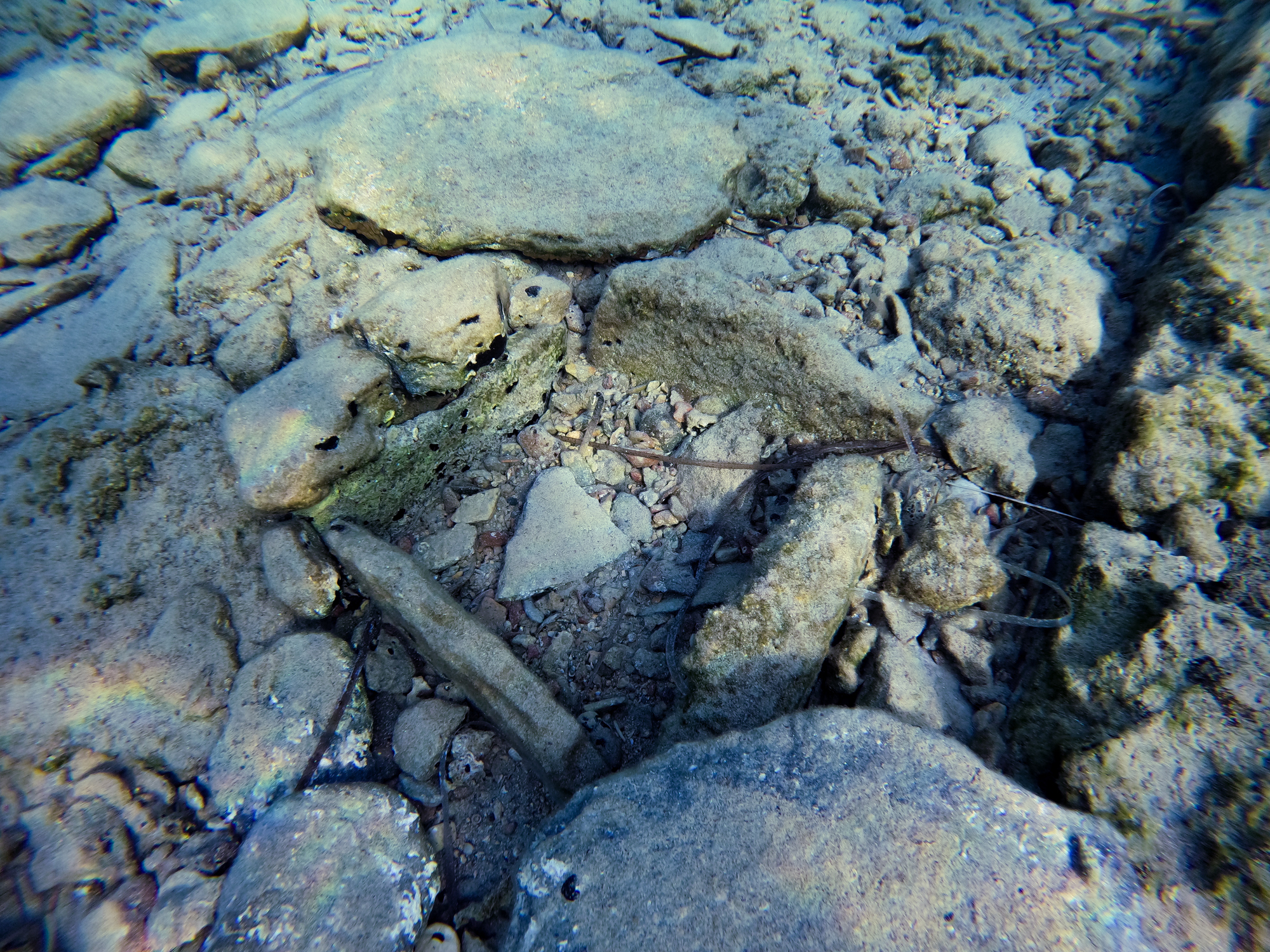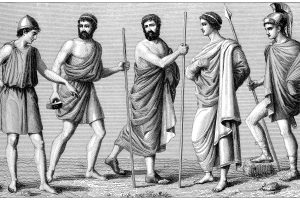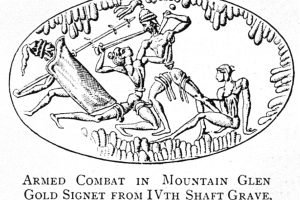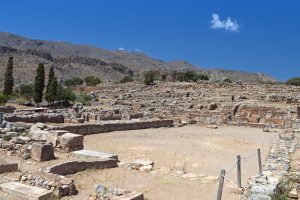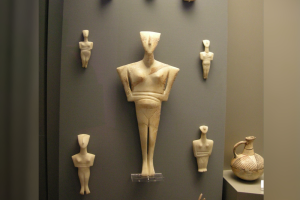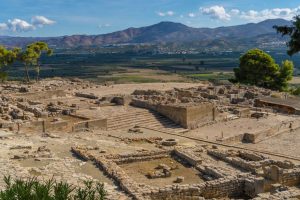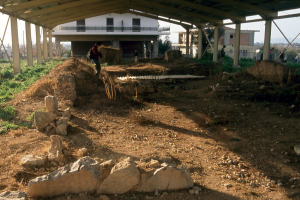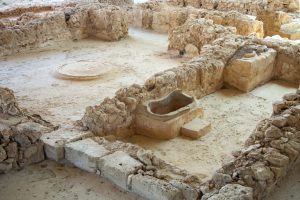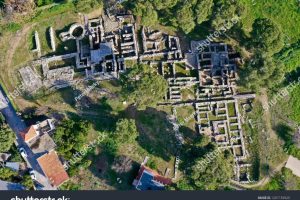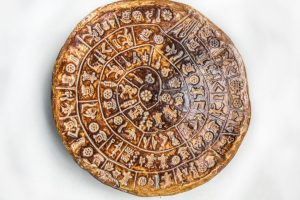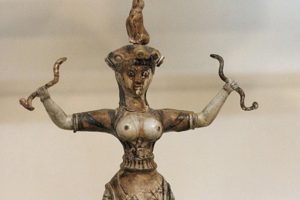Greece’s Submerged Ancient Cities
Along the coasts of Greece, hidden secrets lay under the azure waters—ancient cities that tell stories of a bygone era. Among these submerged marvels legend has it that there was a sunken city near Knossos, a thriving civilization in ancient Crete, believed to have sunk beneath the sea due to a catastrophic earthquake centuries ago.
Off the coast of Crete, there is also the ancient city of Olous, beckoning those intrigued by history and mystery. Once a bustling center of trade and culture, Olous suffered a mysterious decline. Parts of it now lie visible beneath the sea, near Elounda, with ruins and pottery scattered across the sea floor. Snorkelers and divers often marvel at the ancient columns and city walls that rise from the depths like sunken treasures.
In the north of Greece near the island of Corfu, the legendary city of Ephyra also lies partially submerged. According to myth, Ephyra was once a prosperous port city that vanished beneath the waters during a great storm. Today, divers explore its remains—mosaic floors, remnants of walls, and artifacts that hint at its glorious past. The underwater visibility offers a glimpse into an ancient world frozen in time, captivating explorers and archaeologists alike.
In the Peloponnese there is Pavlopetri, one of the world’s oldest submerged cities, dating back over 5,000 years. This ancient Lycian-Phoenician port gradually submerged due to rising sea levels and earthquakes. Researchers have discovered ruins of streets, courtyards, and tombs beneath the shallow waters, offering a rare glimpse into early Greek civilization. Its well-preserved remains make Pavlopetri a significant archaeological and historical site
Finally, near Sparta, also in the Peloponnese, Menelaion is an ancient shrine dedicated to King Menelaus of Sparta and Helen of Troy. The site dates to the Bronze Age and was later a significant religious sanctuary during classical times. Though primarily above ground, some parts of the site and its surroundings show signs of submersion from seismic activity. Menelaion embodies Greece’s rich mythological and historical heritage, linking legendary kings with archaeological remains still visible today.
These submerged sites are more than just underwater ruins—they are windows into Greece’s rich history, connecting the past to the present. Legends and archaeology intertwine beneath the waves, reminding us of the impermanence of civilizations and the enduring mystery of the sea. For those seeking adventure and history, Greece’s submerged ancient cities offer an unforgettable journey beneath the surface—where history sleeps in the depths, waiting to be rediscovered.


